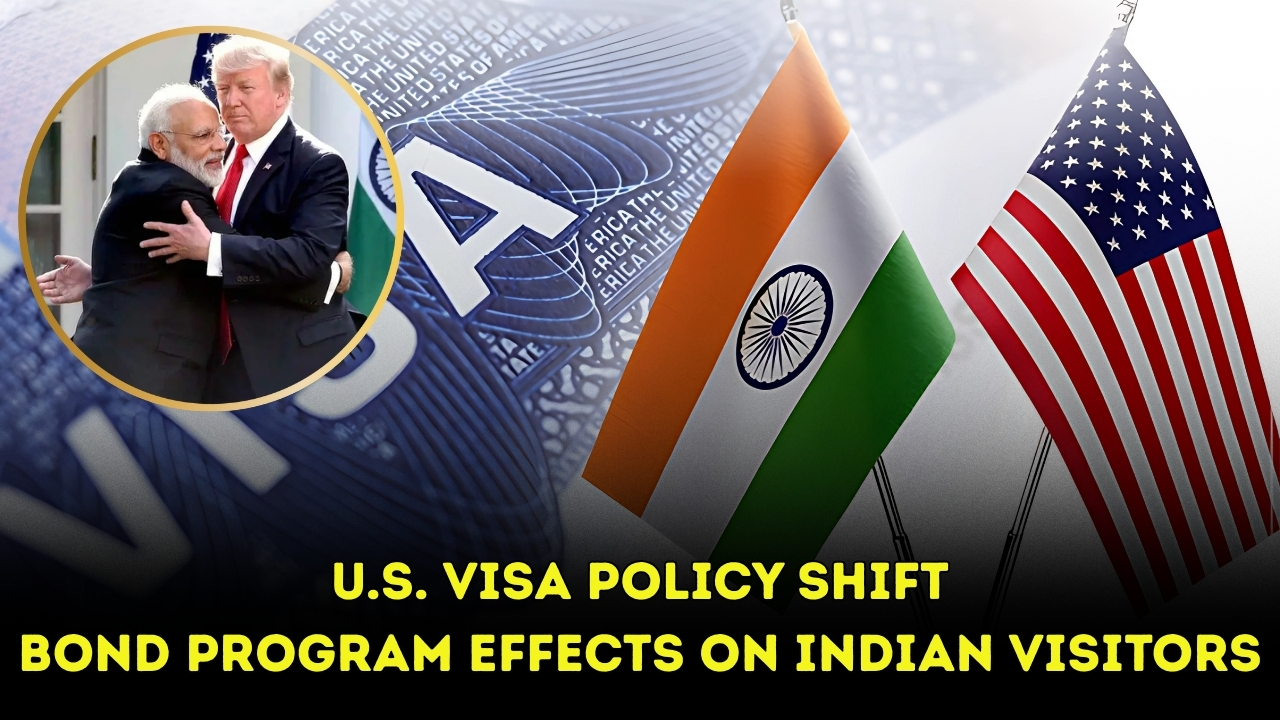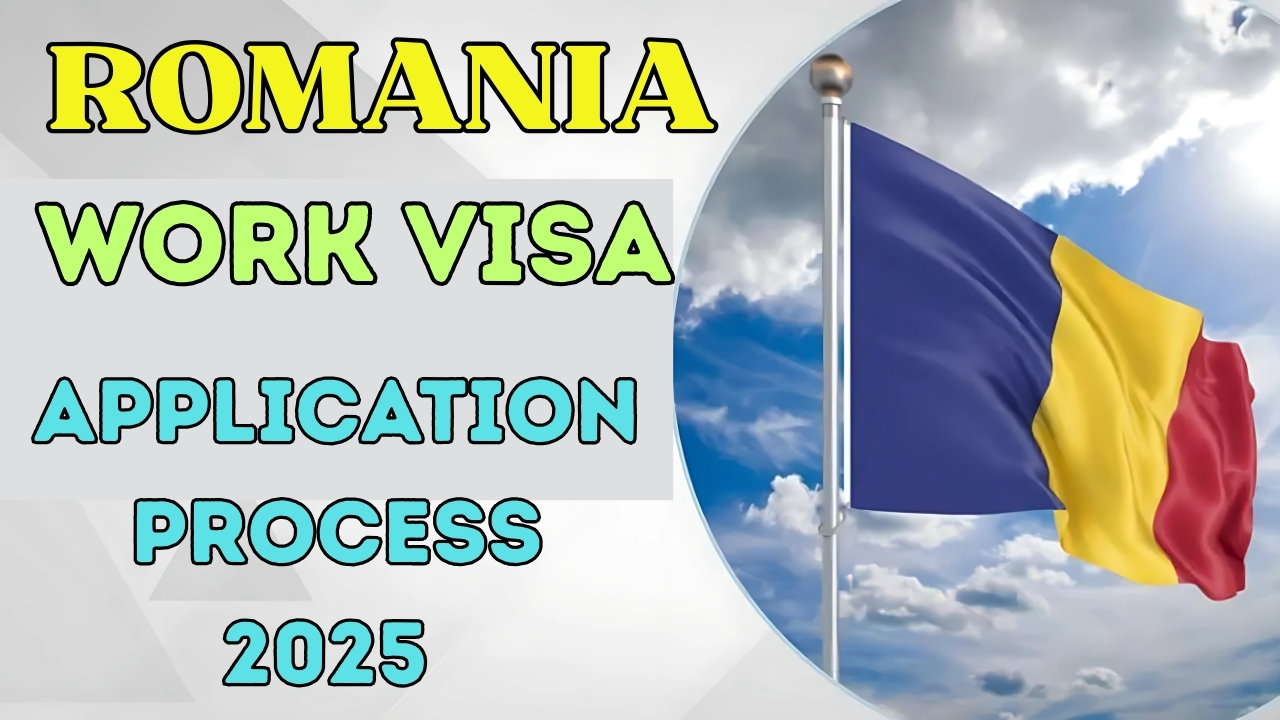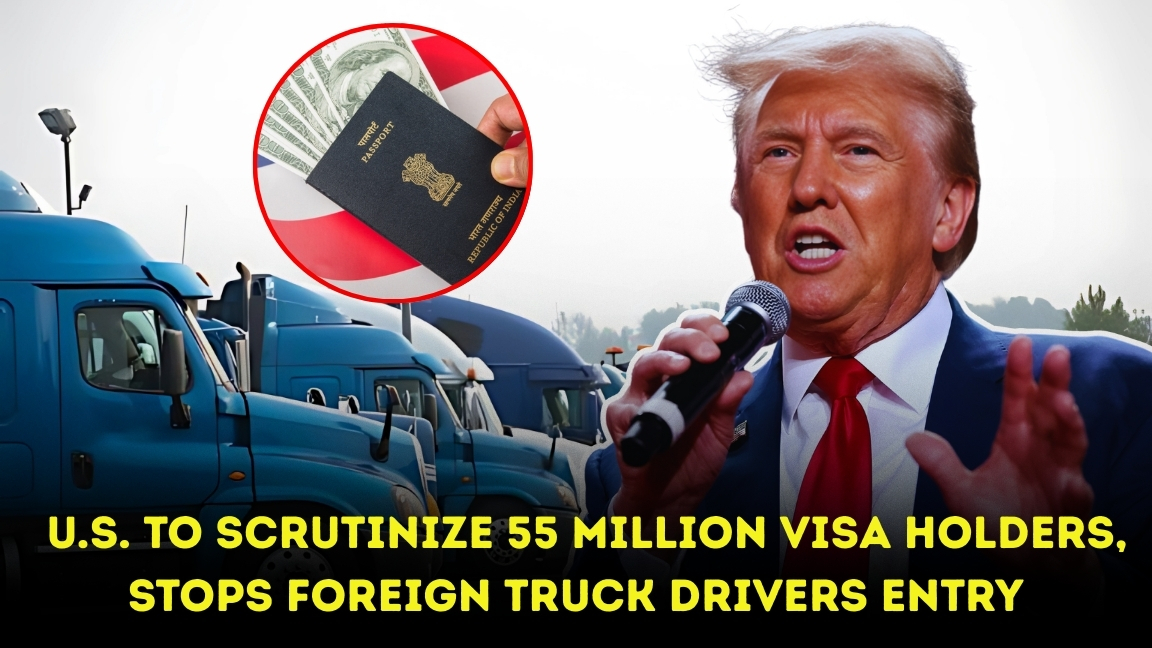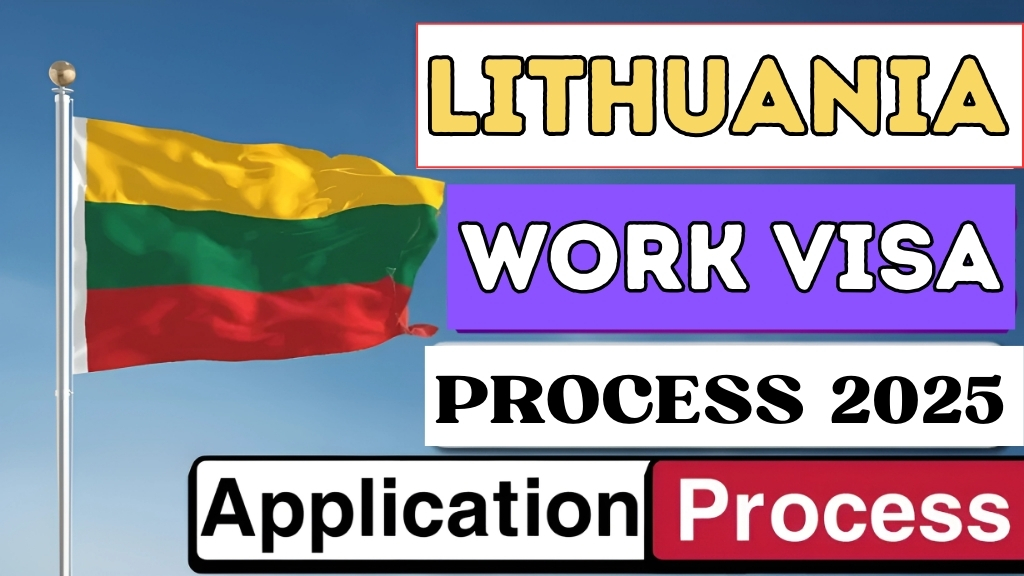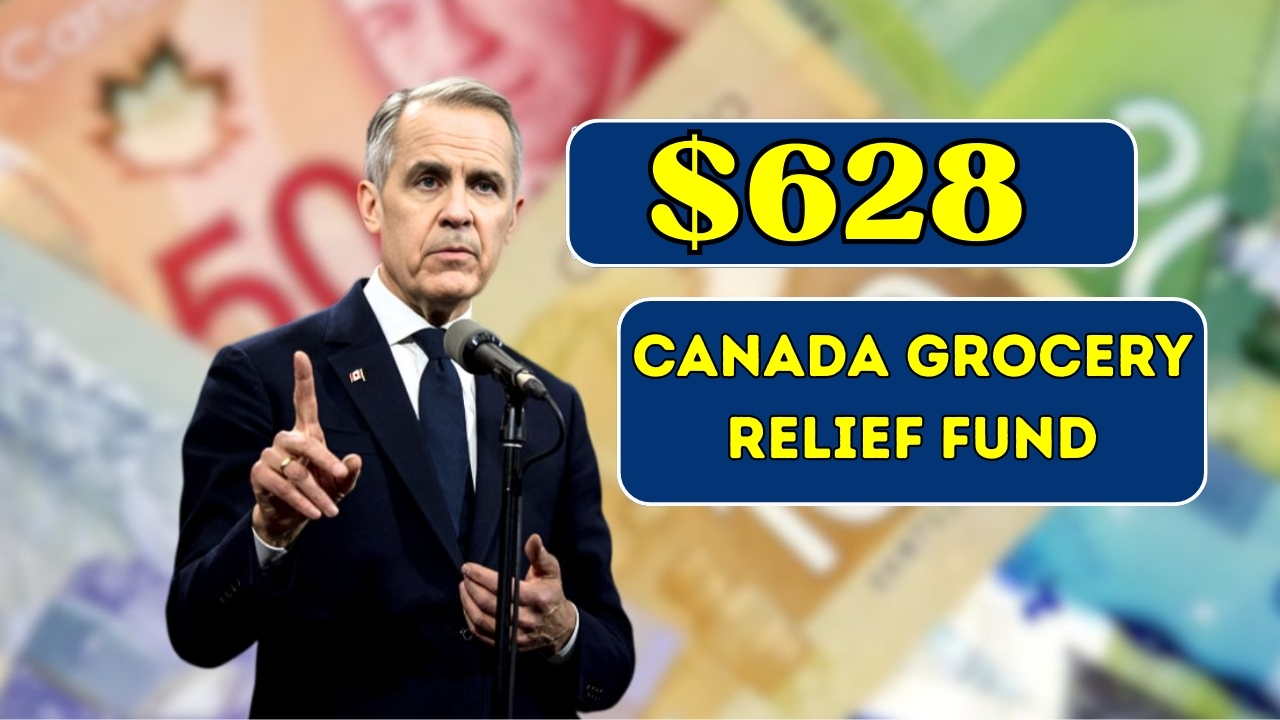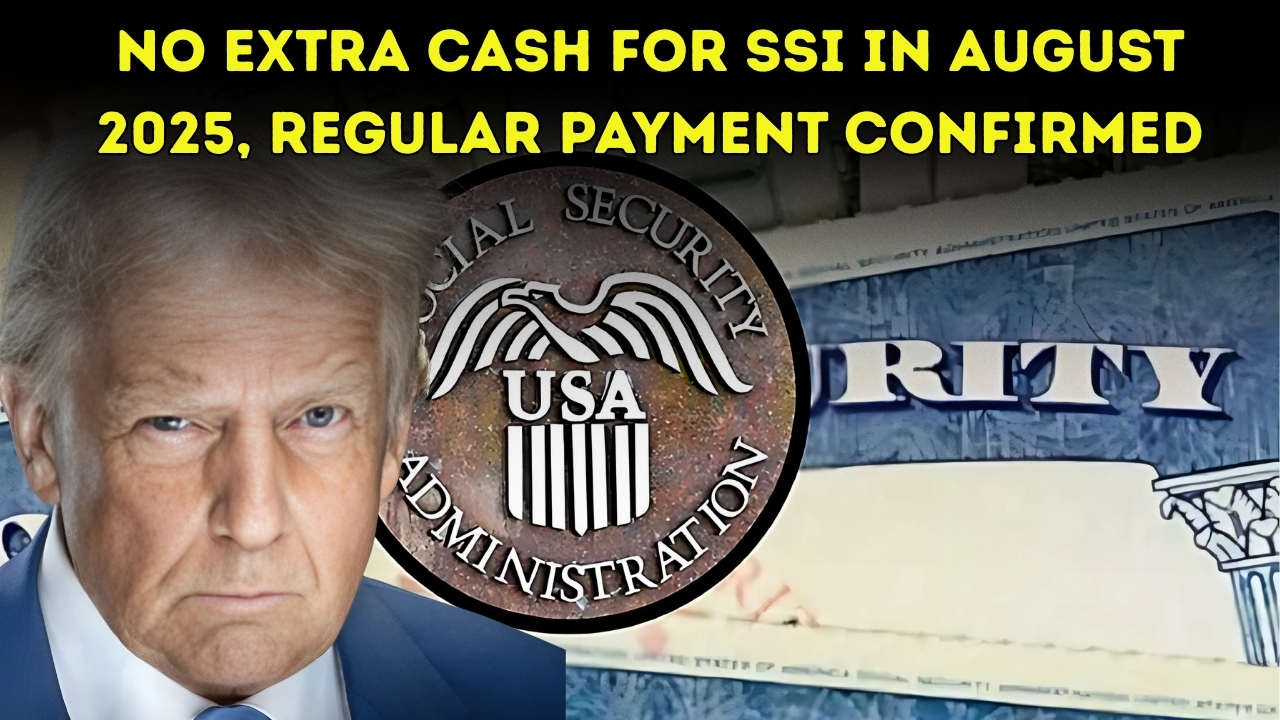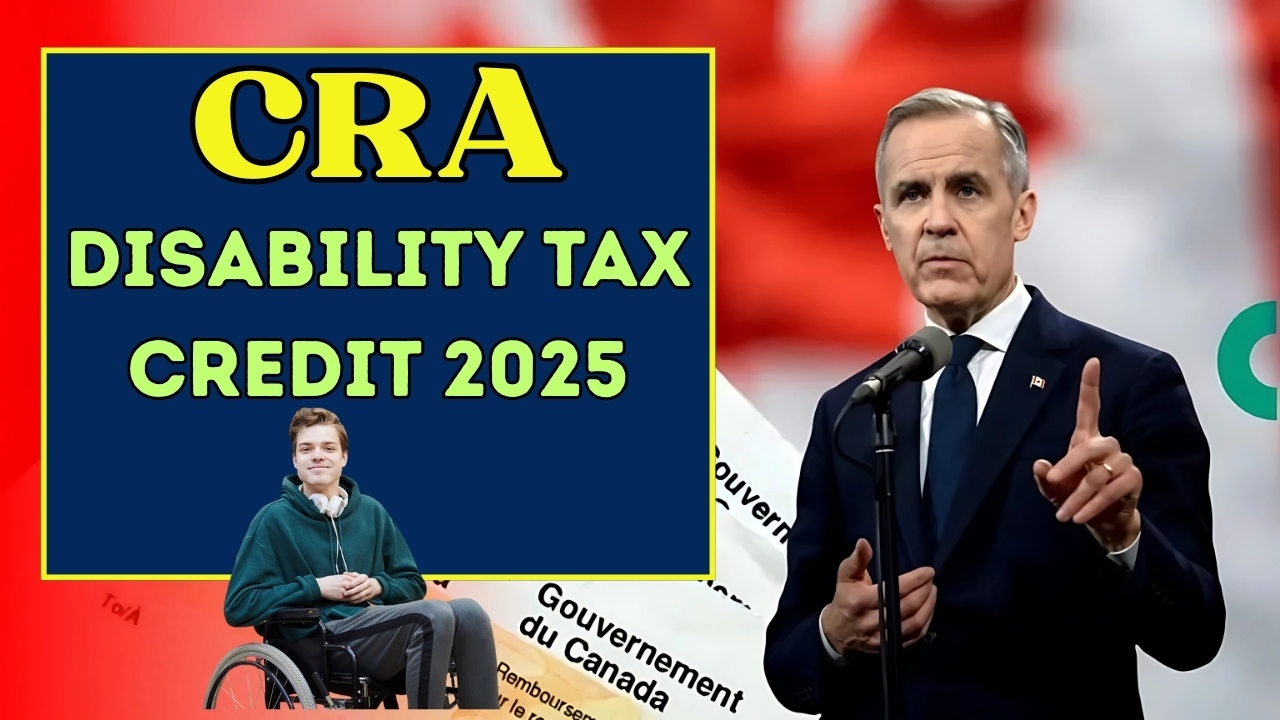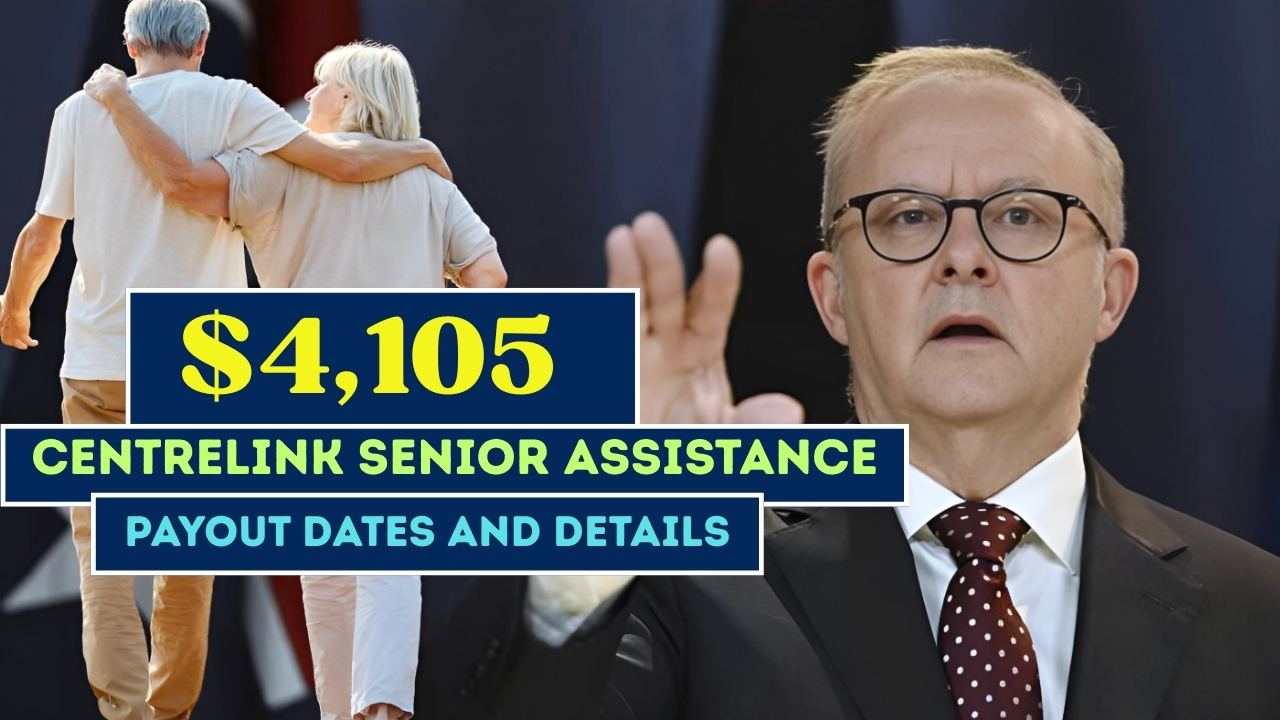How the Bond Rule Works
Under the program, a small number of visitors here on short-term stays from countries with chronic overstay issues must cough up a bond they’ll get back in a few months—or a few years, if they leave within the dates they promised. Deposits will be between 5,000 and 15,000, and they act like a sort of security triple-checked officer at the airport and payment to show that the traveler intends to leave; if they don’t leave, that bond is toast. Indian passport holders are at the top of the worry list, wondering if they’ll be asked for proof of confidence payment the minute they step in U.S. customs.
Worries in the Indian Community
For India’s IT staff, post-grads in research, and families flying in for weddings, that bond is one more fee stacked on the earlier mountain of costs. Ankur Desai, a Mumbai-based software engineer, lists out: “visa fee, flight, Mumbai airport, and Dallas airport visas; $15,000 bond.” It feels like the U.S. is asking travelers to leave more money in the living room money in the living room on top of all the living room absurd formalities.
“Now we’re wondering if we’ll need to block funds simply to show we intend to return.”
Formal Mission vs. Real-Life Consequences
American officials claim the new rule is meant to ensure visitors stick to their schedules and that overstays, a category attracting scrutiny, don’t expand further. Yet analysts point out that overstay rates for Indian travelers have already remained low when stacked against figures from other countries. Critics, therefore, warn the rule pulls India into a more general bracket that omits the country’s actual trends.
Corporate and Academic Shockwaves
Far from single itineraries, Indian software and consulting firms that send teams for quick assignments worry about extra delays and mounting expenses. Meanwhile, hopeful graduate students say new conditions might keep relatives from flying in at pivotal career moments, when blended celebrations typically offer their own insights and networking.
Charting the Road Ahead
Washington’s State Department calls the move a “pilot test,” a signal that the rules’ reach could stretch or tighten with the next quarterly report. Presently, a cloud of openness is the only reading businesses report. Teams in Delhi and Bengaluru are taking more calls than ever, though one agent admitted, “No one can confirm if the bond will even exist. At the moment, we have to say, ‘stay tuned.’”
With commercial partnerships in semiconductors, pharmaceuticals, and vast data cloud networks strengthening, a visa bond that snags only a fraction of travelers could still wax into a hidden cost that bends choices at every spring and summer airport.
No matter if the new rules last just a few months or change everything about how students and tourists enter the country, the way they affect Indian travelers shows how tricky it is to keep borders safe while still welcoming human friendship.
